How to feed cucumbers in a greenhouse during fruiting?
Cucumbers are one of the crops that thrive in greenhouse conditions. They are not only the very first vegetables to appear on the spring table, but also enliven the winter diet with aroma and mouth-watering crunch. Properly organized feeding of cucumbers during fruiting guarantees a good harvest of zelents almost all year round, if the greenhouse is heated.
What elements do cucumbers need during fruiting?
Usually, two types of fertilizers are used for feeding - organic (manure, compost, humus, etc.) and mineral (nitrogen, potassium salts, phosphates, trace elements). It is preferable to apply nutrient compositions for cucumbers in liquid form, except for peat and humus. They are laid dry on the beds.
The setting and growth of zelents requires a special attention to feeding. In order for cucumbers to bear fruit well, experienced summer residents recommend during this period three times fertilization under the root, in combination with feeding with nutrients and trace elements along the leaf.
It is impossible to indicate strict dates for the introduction of certain elements, they are usually guided by the stage of plant development:
- The first time, when the first wave of the future harvest began, the cucumbers are fed 200 ml of porridge-like bird droppings diluted with five liters of water at the root. The best mineral mixture in the absence of organic fertilizers consists of 10 g of ammonium nitrate, 20 g of superphosphate, 10 g of potassium fertilizers, diluted in 10 liters of water.
- After 10 days, the following root feeding is carried out with a fermented mullein - half a liter is diluted with a bucket of water. The composition of mineral fertilizers for good setting and ripening of zelents is potassium and ammonium sulfates, superphosphate, 20 g per 10 liters of water.
- The third root dressing is applied after 12 days, repeating the first or second. When using inorganic compounds, they are fed with potassium sulfate and superphosphate, the nitrogen component is excluded.
The consumption rate of top dressing is 10 l / sq.m.
Top dressing, applied at the root, is fully absorbed only in warm weather. In the best greenhouse (if it is not heated), the temperature depends on the external environment, therefore, when the temperature drops below the optimum, root top dressing is replaced by spraying.
For foliar supply of nutrients, use "Epin", "Zircon", special mixtures for industrial cucumbers ("Ideal", "Breadwinner", etc.). The finished forms are dissolved in water (15 ml / 10 l), consumption is 5 l / sq.m.
You can prepare a composition for top dressing:
- superphosphate - 10 g;
- potassium nitrate - 30 g;
- boric acid - 1 g:
- sulfuric manganese - 0.4 g;
- zinc sulfate - 0.1 g;
- water - 10 liters.
Spraying with urea (50 g of a one and a half percent solution per 10 liters of water) with simultaneous mulching of cucumber beds with coniferous opal increases the fruiting period of the crop.
Foliar feeding is especially important when plants show a sign of a deficiency of any element, as well as in unfavorable weather conditions, when the root system decreases its activity due to a decrease in temperature.
Finished fertilizers
This type of fertilizer is ideal for those who, for various reasons, cannot use organic matter to fertilize cucumbers.
The leading organomineral complexes in the list are humates, which include the necessary organic matter, humic compounds, macro- and microelements. All components are balanced, and humates help plants to absorb nutrients in full.
Humates are used at all stages of cucumber development, from seed treatment to fertilizing during fruiting.They are not dangerous to human health; rather, on the contrary, they do not allow cucumbers to accumulate nitrates, heavy metals and other toxins that enter plant tissues from soil or air.
The most widely used liquid fertilizers "Gumi", "Gumat Potassium", "Gumat Healthy Harvest" can completely replace potassium salts. The nutrient solution for fruiting cucumbers is made according to the recipe:
- 0.5 l solution of mullein or bird droppings;
- 1 tbsp. l. nitroammophos;
- 2 tbsp. l. potassium humate;
- 10 liters of water.
For foliar feeding, humates are used without other additives, diluting them at the rate of 100 ml per 10 liters of water.
"Gumi Healthy Harvest", in addition to the main macro- and microelements, is additionally enriched with sulfur, boron, iron, copper, zinc. It is recommended to be used at any stage, both for root application and for spraying.
Ready-made liquid and dry fertilizers are also successfully used in summer cottages and on farms:
- Bona Forte contains an optimal proportion of N-P-K, boron, magnesium, copper, zinc, iron, supplemented with succinic and ascorbic acids.
- "Plantafol" is a powder containing N-P-K in various proportions. According to this parameter, a universal 20-20-20 or 5-15-45, necessary for a specific phase of development, is selected for use during fruiting. Additionally contains iron, sulfur, zinc, copper. The solution is prepared according to the instructions printed on the package.
- A good result is given by the well-deserved "Zdraven" for cucumbers, EM preparations ("Baikal", Radiance ", etc.)
Folk remedies for feeding
The principal opponents of the use of chemical mineral fertilizers use various home remedies so that cucumbers grow and form a rich harvest.
The most common fertilizer is herbal infusion. It is prepared from weeds. The best option is considered to be a "combined team" of nettle, plantain and quinoa: a kilogram of fresh chopped grass is poured with a bucket of hot water, let it brew for a day, then water the cucumber plantings at 2-3 l / sq. m.
The use of a decoction of onion peels enriches the soil with useful microelements, protects cucumbers from fungal diseases and pests. For 8 liters of water, you will need 1 glass tightly packed with husks. Immediately after boiling, the broth is removed from the heat, insisted for 4 hours. This fertilizer can be used at all stages of the growing season no more than once a week.
Yeast infusion is also well suited for root feeding. For 10 liters of water, take 100 g of fresh yeast, first dissolve them in a small volume of warm water, then add the rest. The solution is allowed to ferment for a day, then used.
Yeast fungi actively absorb potassium, so before watering the soil under the cucumbers is sprinkled with ash.
Rye bread is an alternative to yeast. The pieces are placed in a 10 liter bucket to about 2/3 of the volume. Then they pour warm water, put oppression. The bucket is placed in a warm place so that fermentation is active. After about a week, the infusion is filtered, the volume is brought to 10 liters, and used for watering. Fertilizer is suitable for weekly use.
Feeding with baking soda is also useful in that it prolongs the growing season of plants, that is, it contributes to the formation of new flowers and ovaries. The solution is prepared from 15 g of soda and 10 liters of water. After complete dissolution of the substance, the bushes are watered.
For feeding on the sheet use:
- Fresh hay - poured with water 1: 1, insisted for two days, sprayed three times with a weekly interval;
- Ash infusion - prepared from 100 g of ash and 10 liters of water, insist for a week, filter;
- Iodine top dressing - 10 liters of water. take 1 liter of milk and 20 drops of iodine;
- Milk whey - diluted 1:10 with water.
Greenhouse cucumbers respond well to unusual feeding.
- Eggshell. Empty shells, not mine, are put in a jar, preferably a 3-liter one. As the raw material accumulates, hot water is added, shaken. Pour 1-2 tablespoons under the bush. The smell is unpleasant, but this "soup" covers the plant's need for calcium.
- Summer residents, combining gardening chores with fishing, the waste remaining after processing the catch is crushed with a meat grinder and added to the base of the stems. Decaying fish doesn't smell so hot, but it supplies the cucumbers with phosphorus and carbon dioxide.
Signs of nutritional deficiencies
Experienced summer residents easily determine the lack of basic nutrients and trace elements by the state of the plant: they grow and develop more slowly, bear poor fruit, change the color of the leaf plates, the shape of the fruit.
- Lack of potassium - the greens in the area of the stalk are very narrow, the leaves turn yellow from the edges to the main veins. Cucumbers need potassium, because without it, not only the shape of the fruit suffers, their taste and keeping quality deteriorate sharply. In addition, without this important element, plants do not sufficiently assimilate nitrogen and phosphorus, and other trace elements. Replenish the deficit with potash fertilizers or spraying with ash infusion.
- Lack of nitrogen - hook-shaped fruits are formed, leaf plates and greens lose their characteristic color, shoots become woody. The situation is corrected by watering with herbal infusion.
- Phosphorus requirement - the leaves darken, acquire a bluish tint, curl down. They are urgently fed with superphosphate (1 tablespoon / 10 l of water).
- Calcium required - the upper surface of the leaves darkens, the lower one acquires a reddish-purple hue. To eliminate the shortage, sprinkle the soil with lime or use eggshells.
Micronutrient deficiency:
- magnesium, molybdenum, manganese - the first step to chlorosis, bleached areas appear on the leaves;
- boron - deformation of fruit bodies, leaves become spoon-like;
- gland - discoloration of leaves, growth arrest;
- zinc - young leaves turn brown and die;
- copper - sheet plates are twisted with a tube, their tips turn white.
The lack of trace elements is replenished with special micronutrient fertilizers containing the necessary substances, preferably in a chelated form, so that they are absorbed faster.
With year-round cultivation of cucumbers during fruiting in winter, they are fed every two weeks.
Experienced summer residents advise, after watering cucumber bushes with nutrient solutions, mulch the soil with a fertile substrate. The measure avoids the need for loosening, which is dangerous for the near-surface root system. At the same time, the humidity of the air decreases, which is important for greenhouses, since dressings are usually applied in the evening.
The final choice of fertilizers for greenhouse cucumbers always remains with the summer resident. A correct assessment of the state of plants, the nature of the soil, weather conditions helps to determine the specific timing of fertilizing and their composition.
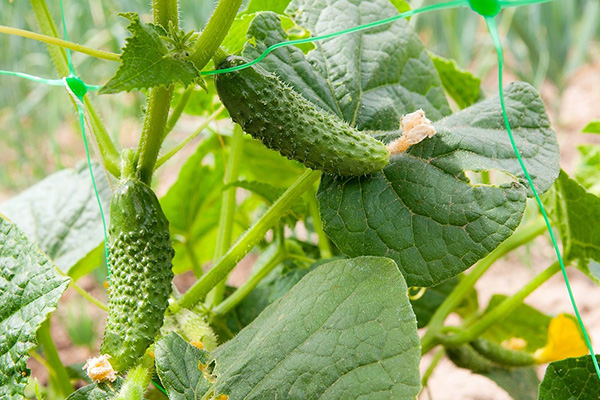

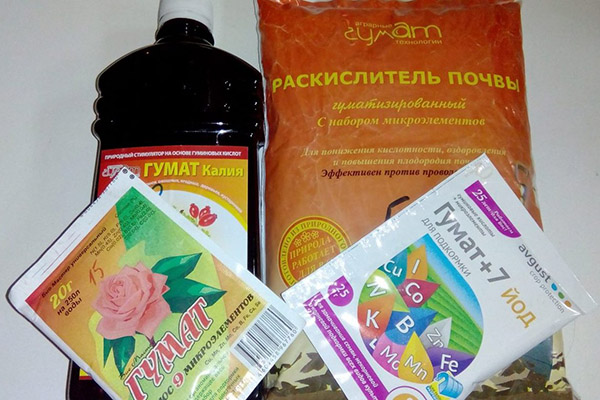
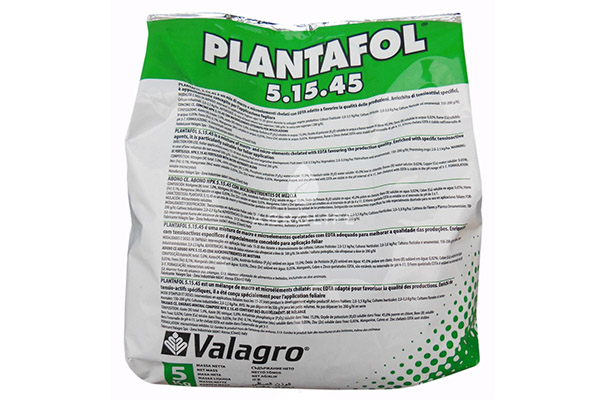
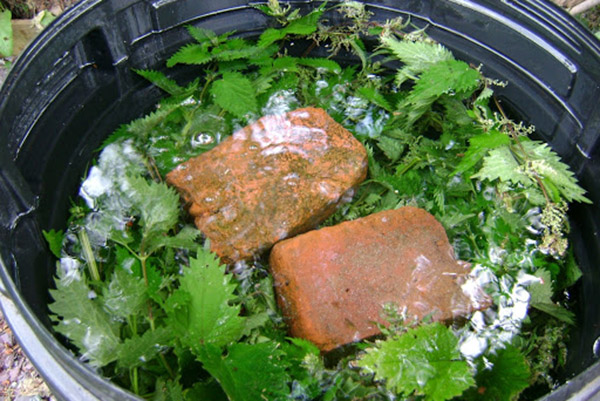
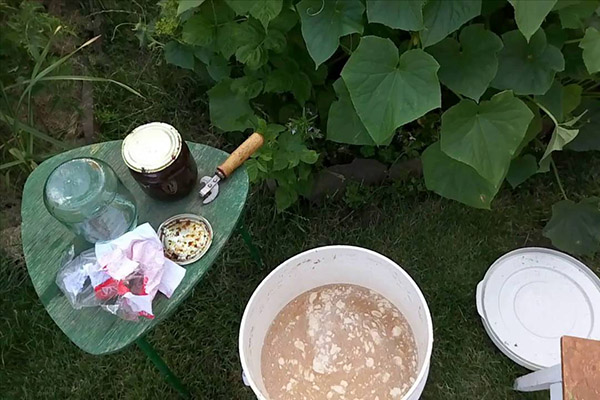
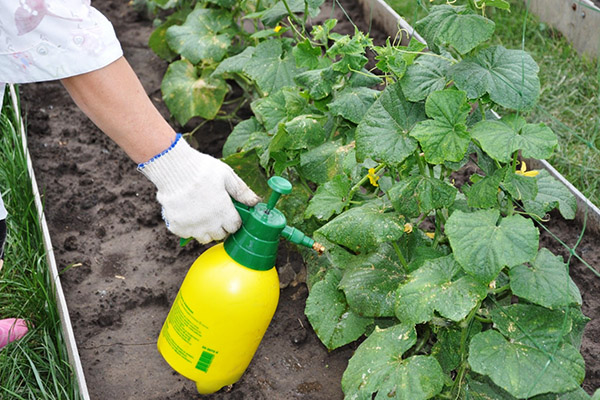
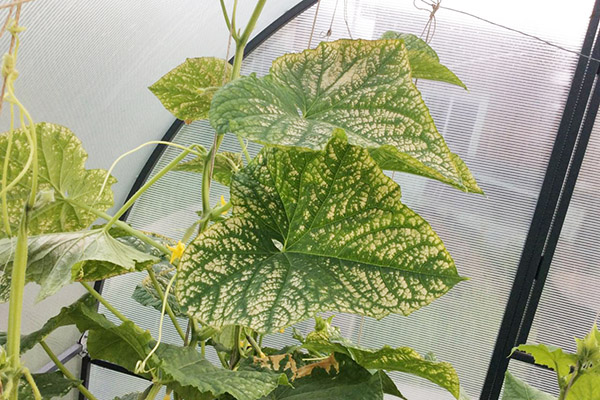
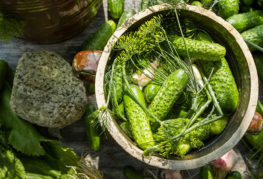
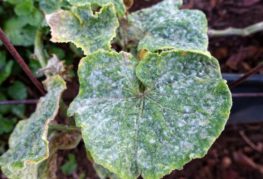
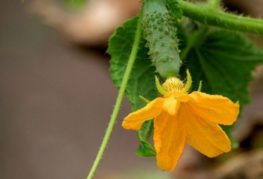
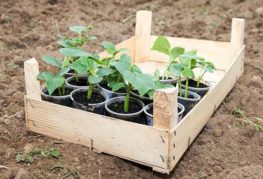
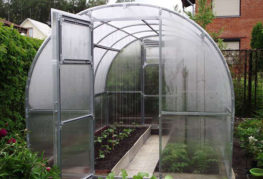
and will be published shortly.